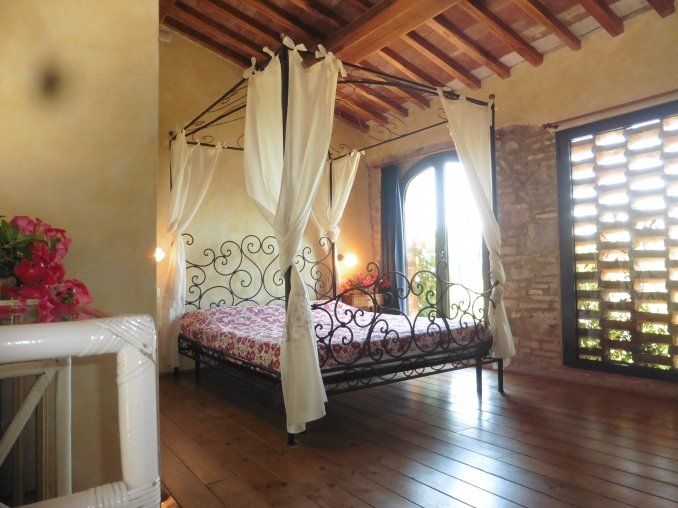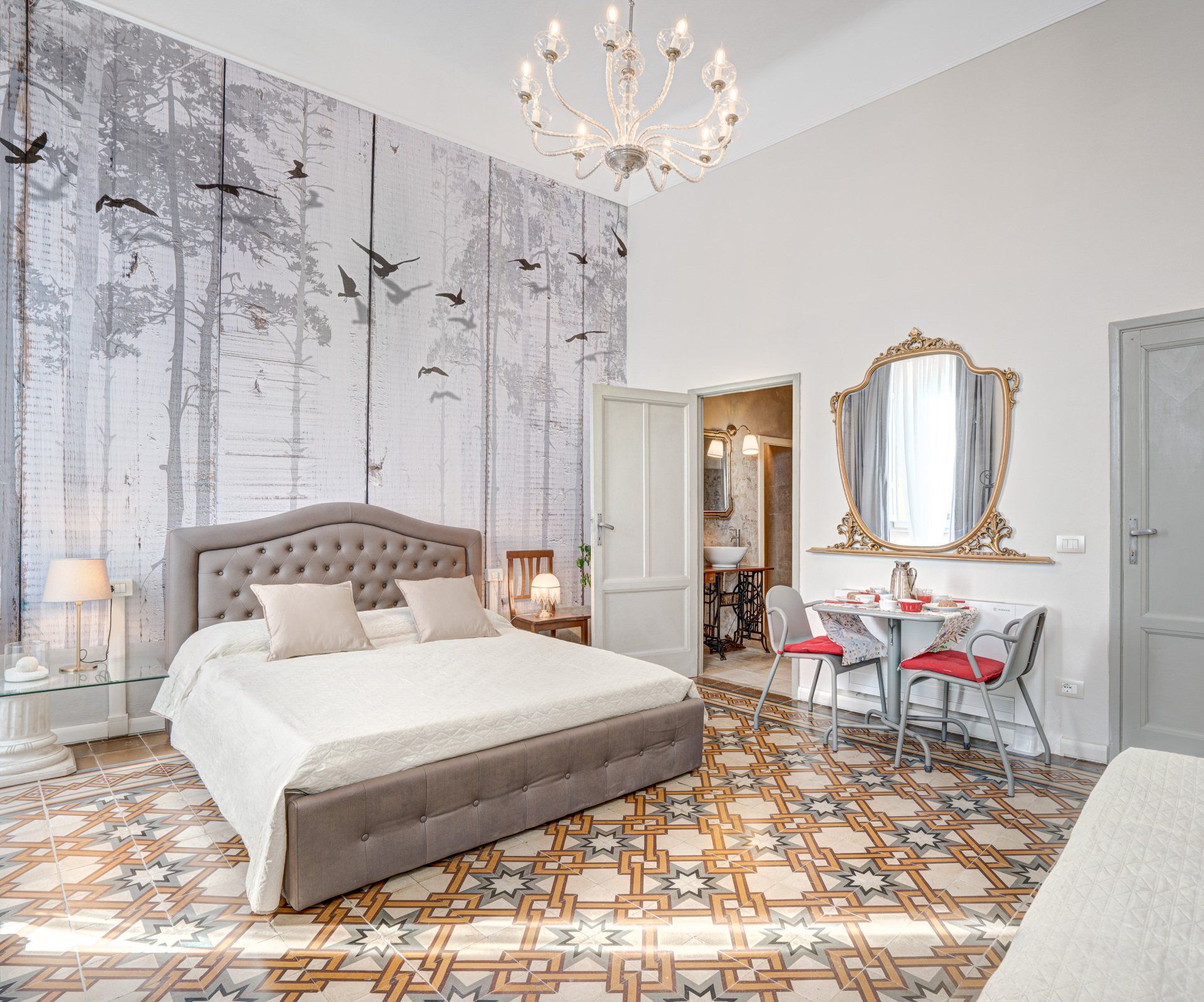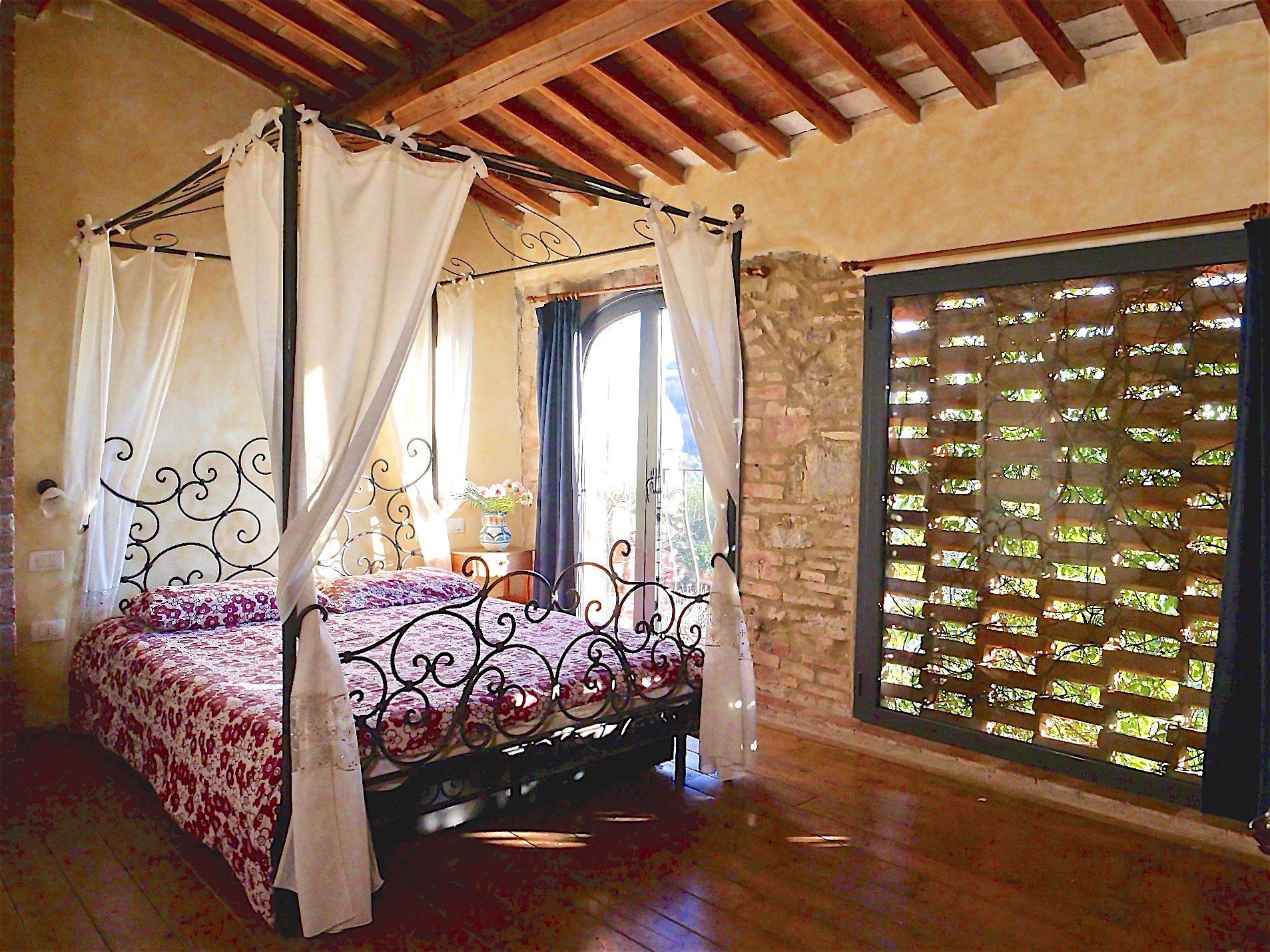Vinci
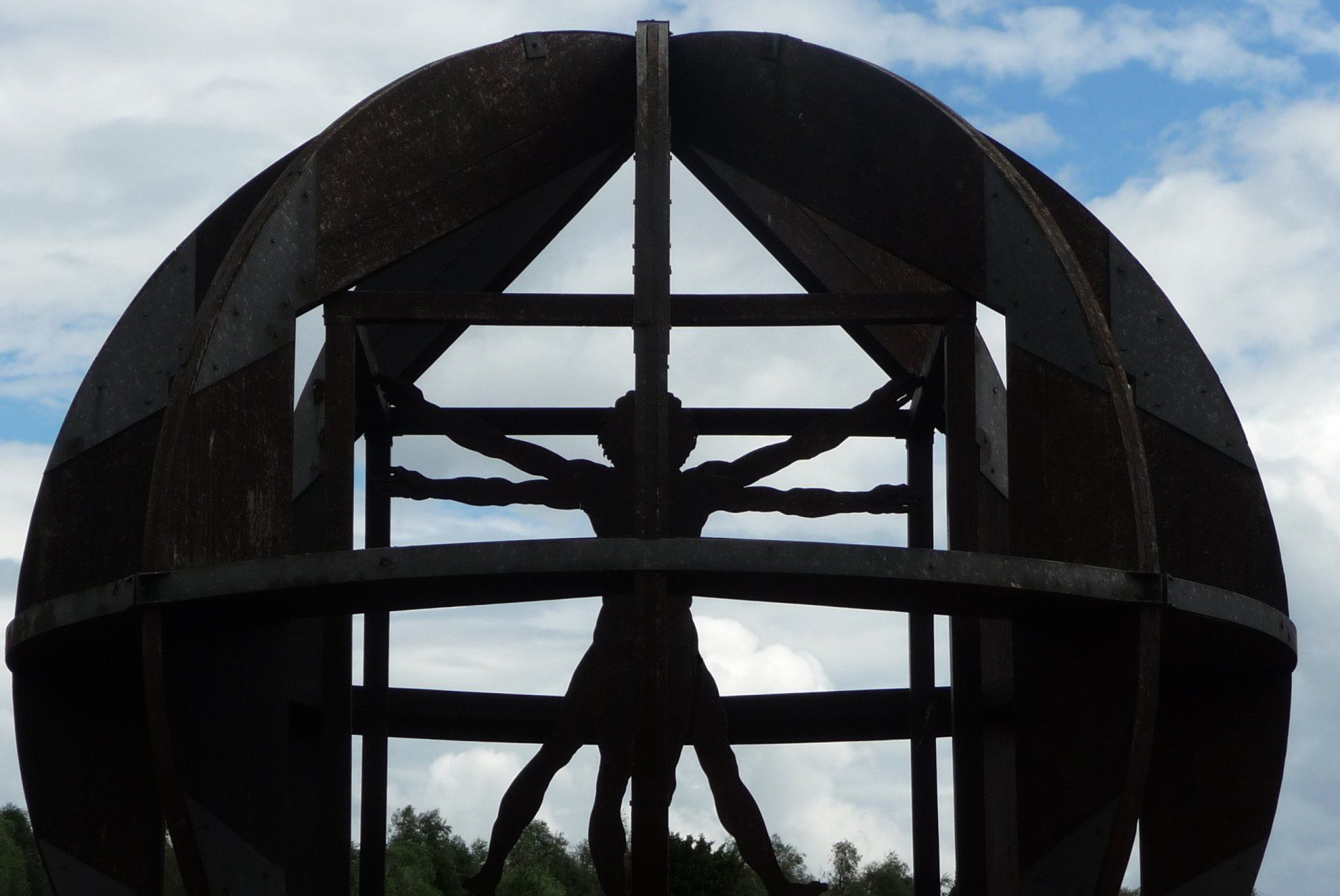
Slide title
Scrivi qui la tua didascaliaButton
-
Vinci
The village of Vinci owes its fame to being the birthplace of the great Leonardo. Everything in the city is dedicated to him, and the inhabitants are rightly proud of their illustrious predecessor.
Over the years the places dedicated to Leonardo have been enriched and expanded, and today they are developed in three different exhibition points.
We recommend starting a visit to Leonardo's Birthplace which is located in Anchiano, 3 km from the village of Vinci.
In the village of Vinci, we absolutely recommend a visit to the Leonardo Museum, divided into two locations: the Palazzina Uzielli and the Castello dei Conti Guidi.
At the end of this journey you will really know why Leonardo is considered a genius.
-
Route advice to get to Vinci
Vinci, nestled in the hills of Montalbano.
It is possible to reach the town in two ways. In one direction you go towards Pistoia and continue towards S. Baronto, along a beautiful panoramic road that offers impressive glimpses of the cities of Pistoia and Prato. The route is quite well indicated.
The other road goes around Montalbano on the other side passing through Monsummano Terme and continuing towards Cerreto Guidi. This route also offers panoramic views of one of the typical Tuscan landscapes among olive groves, vineyards, rolling hills that change color depending on the time of day.
Suggestions for the visit of Vinci, birthplace of leonardo
12/8/2025
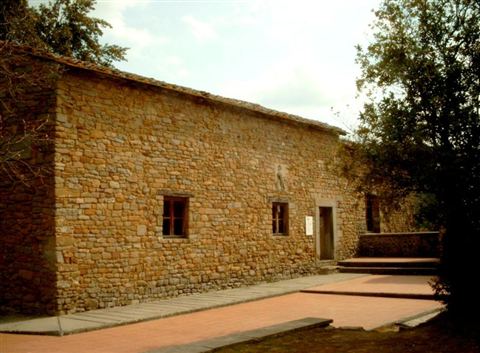
Slide title
Scrivi qui la tua didascaliaButton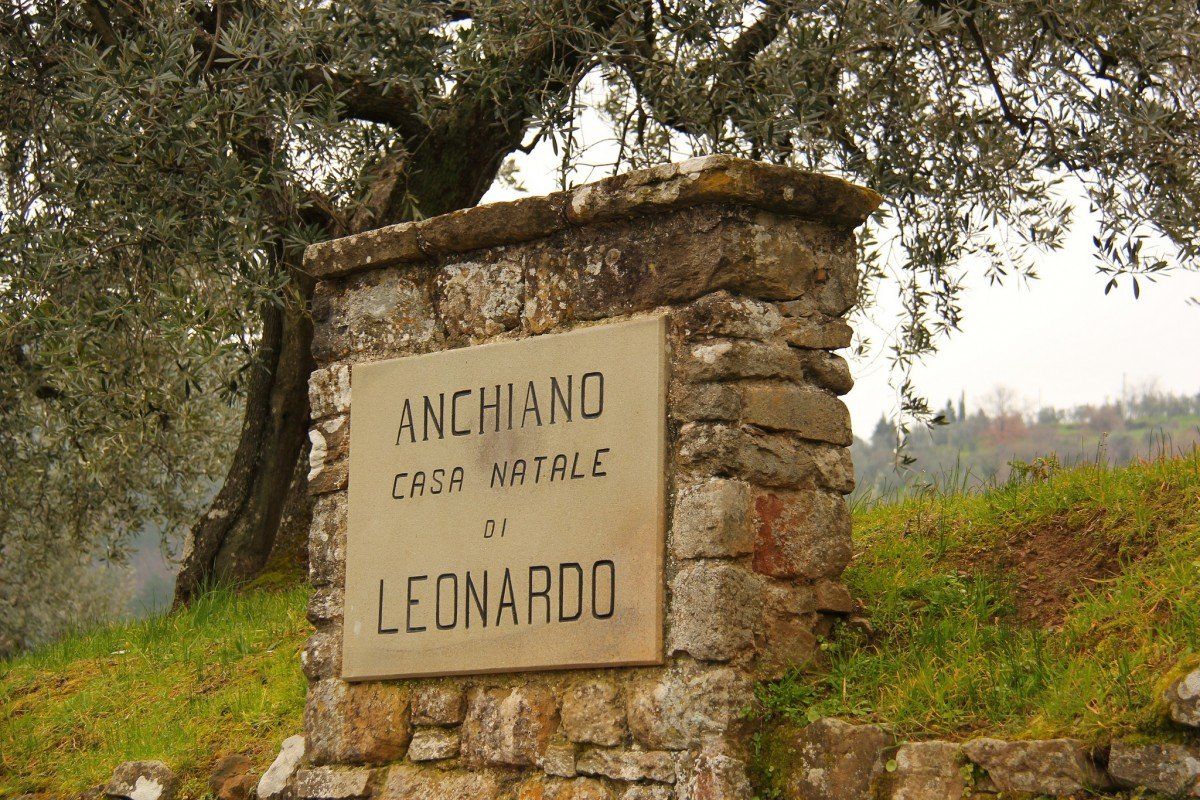
Slide title
Scrivi qui la tua didascaliaButton
-
Vinci - Leonardo's birthplace in Anchiano
The symbolic landmark of Leonardo’s presence in Vinci is his birthplace in Anchiano, 3 km from the center of Vinci, in a house surrounded by ancient olive groves stretching across the Montalbano hills.
Leonardo was born on 15 April 1452, the illegitimate son of the notary Ser Piero da Vinci and of Caterina. The event was recorded by his grandfather, Antonio da Vinci, on the final page of the notarial register of Leonardo’s father.
Leonardo’s birthplace, deploying the latest multimedia technology, offers a very "special" meeting with Leonardo: not only the famous painter and inventor, but also Leonardo the man, attached to nature and to his roots. And so Leonardo´s birthplace becomes the symbol of the ties between the artist and his home ground, and the place for discovering the biography of Leonardo da Vinci. In the farmhouse adjacent to his birthplace, there is a special video dedicated to the Battle of Anghiari, it tells the story of Leonardo's most famous unfinished work which was supposed to decorate a wall of the Great Hall of Palazzo Vecchio, now known as the Salone dei Cinquecento.
The Genius himself will welcome visitors: a life-size hologram lends its voice to an aged Leonardo who looks back on the past and makes a virtual return to Anchiano.
Vinci - Leonardo's birthplace in Anchiano, short description
12/8/2025
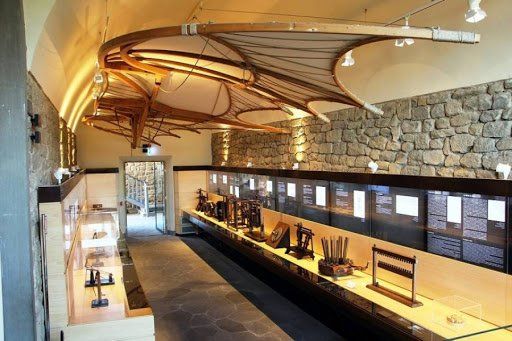
Slide title
Scrivi qui la tua didascaliaButton
-
Vinci - Leonardo Museum
The two buildings housing the Leonardo Museum, Palazzina Uzielli and the Conti Guidi Castle, in Vinci contain one of the broadest and most original collections devoted to Leonardo the engineer, the architect and the scientist, and to the history of Renaissance technology in general.
The machines and the models exposed - which straddle various different branches of study, just as Leonardo’s insights themselves were extensive and versatile - are presented with precise references to the artist’s sketches and hand-written notes, further supported by digital animations and interactive software.
The Leonardo route starts from the evocative Piazza dei Guidi, redeveloped to a project by Mimmo Paladino, onto which Palazzina Uzielli, the original site of the museum, opens. The ground floor houses the sectors devoted to building site machinery, textile technology and mechanical clocks. The first room illustrates Leonardo’s further elaborations on Brunelleschi’s drawings for the construction of the cupola of Florence Cathedral. The young Leonardo, who was apprenticed to Verrocchio’s workshop, was deeply impressed by the complexity of the machines on that site, where he witnessed the various phases of casting and setting up the large copper ball atop the lantern on the cupola. The textile technology room illustrates Leonardo’s interest in the production cycle of cloth and shows his ambitious projects aiming to automate the manufacturing cycle. Da Vinci’s passion for mechanisms is also documented in the mechanical clocks room, where the models of measuring instruments are on show.
The Conti Guidi Castle is home to the second part of the exhibition route. The ground floor rooms of the Mediaeval castle house the sectors devoted to architecture and civil engineering and that on war machines, with Leonardo’s studies on the techniques for casting cannon. The model of the large flapping wing frames the Gallery where the flight sector is located, showing the most famous models of Leonardo's mechanical works and the mechanisms and tools sector, in particular the devices designed by Leonardo to swing church bells.
On the first floor we find the water room with Leonardo's project for diversion of the Arno river and Leonardo's studies on movement on water with particular reference to river navigation, a subject dear to Renaissance architects and engineers.
The Leonardo itinerary continues in the Castle tower, with a striking view "from above". The panoramic terrace which Is open to the public offers a truly wonderful scene, still very similar to that depicted by Leonardo in his famous maps and landscape drawings: on one hand the hills of Montalbano, on the other little Tuscan villages and finally the outline of Monti Pisani, which appeared in the Codex Madrid II.
Vinci - Leonardo Museum - Advices and suggestions
12/8/2025

Slide title
Scrivi qui la tua didascaliaButton
-
Vinci - Strada Verde between Vinci and Leonardo's birthplace in Anchiano
The coutryside surrounding Vinci and the House in Anchiano are undoubtedly the first great source of inspiration for young Leonardo. The wooded slopes of Montalbano which, today like then, transform first into olive groves and then into vineyards, are unique to this landscape, background to the childhood of the Genius. To enter this nature means to travel back in time and to find yourselves in the young artist’s shoes when he first started to empyrically observe the nature and its elements, and to follow into his footsteps.
The path begins at the Strada Verde(Green Road), itinerary n. 14, the 2 km path that connects Vinci to Leonardo’s house. The itinerary explores them typical Tuscan countryside, with its distinctive terracing and fields of olive trees and vineyards, and it retraces an old path, known in the 1800s as Via Botanica. This same road was usually walked by Giuseppe Garibaldi, leaving the Fattoria del Ferrale, when he was a guest of Count Masetti in 1867. As noted by historian Gustavo Uzielli, the Hero of the Two Worlds used to “wake up at 4 inthe morning, take a cold shower and then, through the Via Botanica, walked to Leonardo’s House in Anchiano to gather some of that great man’s Genius forhimself”.
Today, the Strada Verde is a very evocative hiking trail for those who want to reach Leonardo’s House and enjoythe beautiful views of Vinci and the Tuscan countryside, and it is walked every year by thousands of visitors in search for the origins of the Genius. Along this path, half way between Vinci and Anchiano, you can find a fork leading to the 1400s pescaia, used for centuries to regulate the water flow for the canal which powers the Mulino della Doccia near Vinci. A map of that same Mill is sketched by Leonardo in an early 1500s drawing (Codex Atlanticus, 765r, Milan, Biblioteca Ambrosiana).
Information
Path’s lenght: 1800 mt
Type of path: on foot, by bike
Road surface: dirt road, with somepaved sections
Difficulty: easy, medium declivity
12/8/2025
Vinci - Strada Verde - Green Rout between Vinci and Anchiano, Leonardo's birthplace - a walk among the olive trees



